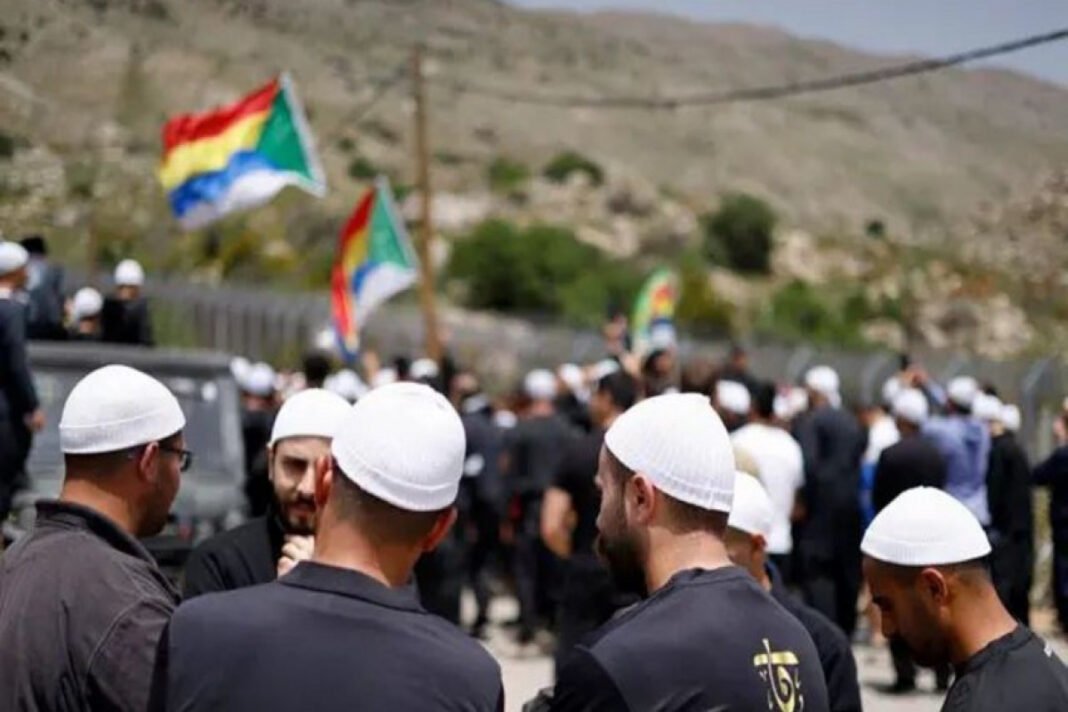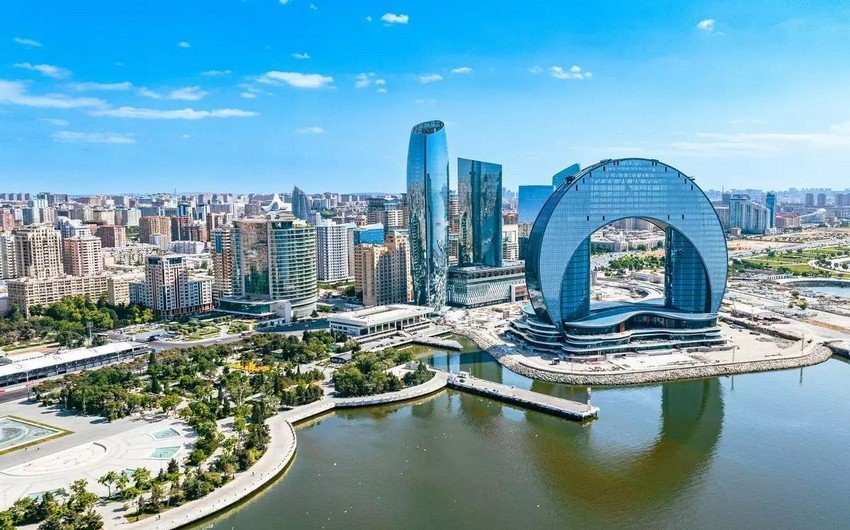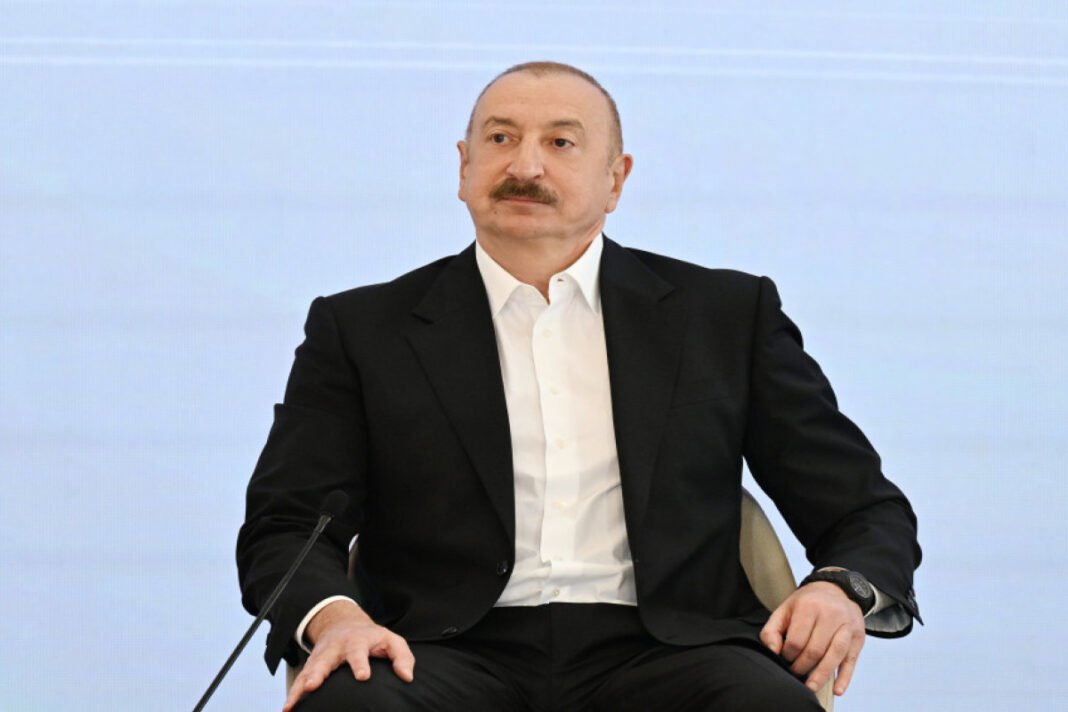July 22, 2025 — BEIRUT — Recent developments in Syria have reignited tensions across the Middle East, suggesting the rise of a new regional phenomenon: a “Bedouin Spring.”
Unlike the Arab Spring of 2011–2013, which swept through Tunisia, Libya, Egypt, Yemen, Syria, and Bahrain with popular uprisings against entrenched regimes, the current unrest stems from the interwoven fabric of ethnic, religious, and tribal affiliations that transcend national borders in the region.
Syria’s Fragmented Landscape
Following the ousting of Bashar al-Assad in late 2024 by the Sunni Islamist group Hay’at Tahrir al-Sham (HTS), led by Ahmad al-Sharaa, Syria remains fractured. While al-Sharaa’s government has pushed to lift international sanctions and attract foreign investment, it struggles to establish control over vast swaths of territory governed by ethnic and religious minorities.
The Kurdish-led Syrian Democratic Forces (SDF), for instance, maintain de facto autonomy in the northeast, controlling vital oil reserves and energy infrastructure. In the south, the Druze stronghold of Suwayda resists Damascus’s authority, while pockets of Alawite influence remain on the coast in Latakia and Tartus.
Even within Sunni communities, al-Sharaa faces difficulties consolidating power, as tens of thousands of fighters in local militias operate independently or only nominally recognize HTS authority.
Druze-Bedouin Clashes
The immediate flashpoint has been in Suwayda, where a long-simmering conflict between Druze residents and neighboring Bedouin tribes has erupted into open violence. What began with a kidnapping by Bedouins spiraled into a tit-for-tat hostage crisis and full-scale clashes.
Though the central government intervened under the guise of restoring order, reports suggest it backed the Bedouins — aligning with them both strategically and religiously, given their shared Sunni background. This has further alienated the Druze community, deepening sectarian divisions.
Israeli Druze Uprising and Regional Fallout
In response, Israel’s own Druze population — many of whom serve in elite military units — staged protests, blocked highways, and demanded intervention. Thousands reportedly crossed into Syria to support their kin in Suwayda.
Under domestic pressure, Prime Minister Benjamin Netanyahu authorized airstrikes against HTS targets near Suwayda, signaling Israeli intent to prevent a total Druze defeat and to push for a federalized Syria that limits centralized Sunni-Islamist rule.
However, this move stirred unease across the region. Bedouin militias from across Syria — and reportedly from Jordan and Saudi Arabia — began mobilizing to “defend” their tribesmen, reigniting combat in Suwayda. Some tribes warned Israel not to interfere further.
Jordan, home to both significant Palestinian and Bedouin populations, finds itself in a precarious position. While its monarchy maintains close ties with Israel, internal unrest could threaten its stability if Bedouin tribes there become radicalized by events in Syria.
Strategic Calculations and Uncertain Future
Israel now faces a strategic dilemma. Engaging too deeply risks provoking a broader tribal insurgency and undermining its eastern flank via Jordan. Failing to act decisively, however, could alienate its Druze citizens and regional allies.
Meanwhile, Lebanon’s Druze community — numbering around 300,000 — has also been stirred, with many reportedly trying to reach Suwayda.
Whether the so-called “Bedouin Spring” becomes a sustained movement or fades with time remains uncertain. Yet it underscores the volatility of the region and the increasingly blurred lines between local conflicts and regional power dynamics.
As one analyst noted, “The Arab Spring toppled regimes; the Bedouin Spring could redraw the tribal and sectarian map of the Middle East.”




